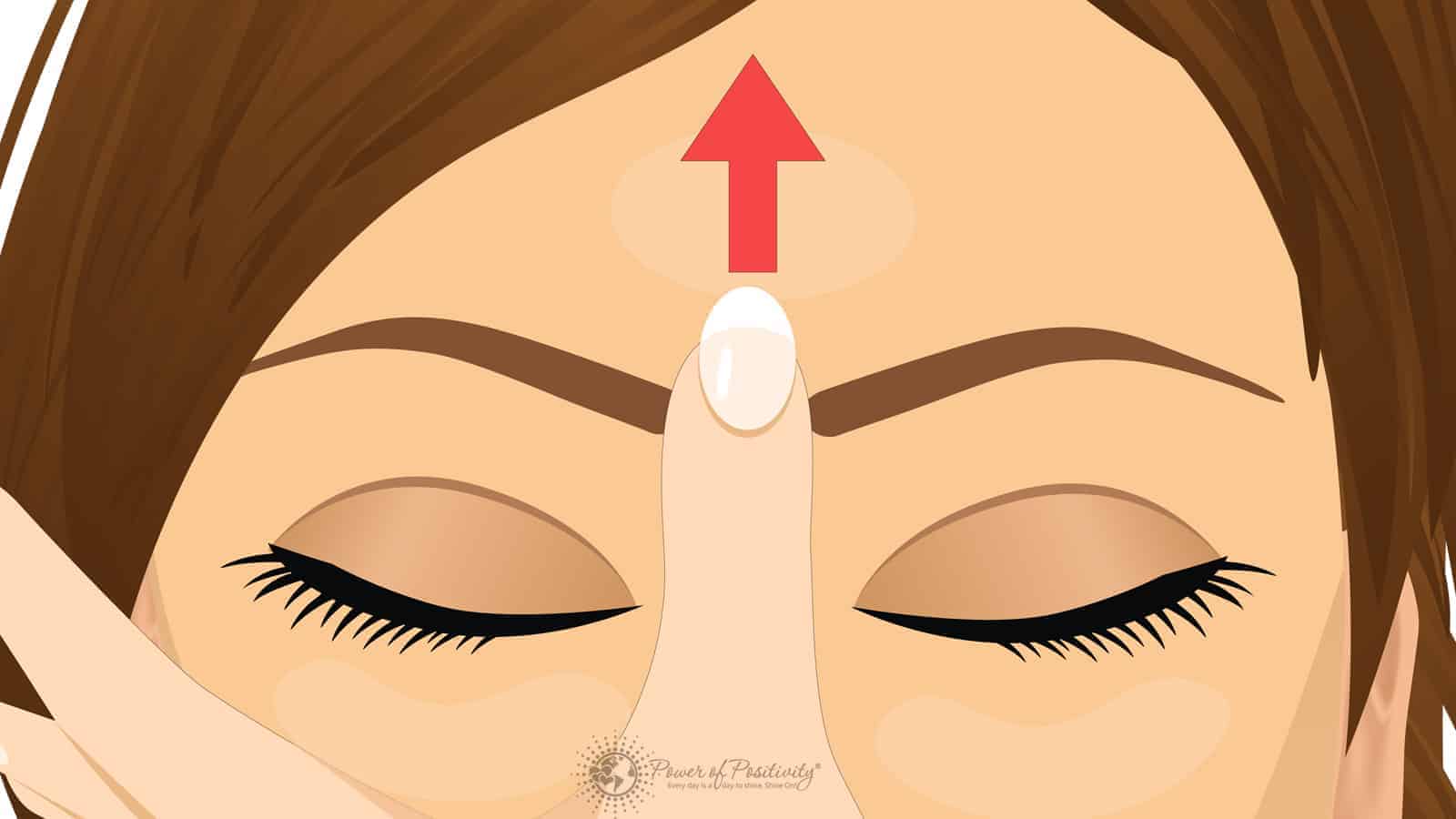
"Continue to your neck, your shoulders, and your chest." In one continuous, smooth movement "place both palms on the sides of your head, moving down toward your neck," she says.

I love myself" but notes that you should "feel free to change it to whatever you want to say," and that once you select it "think about it in your heart so your body starts to feel it." (Here's a list of 50-plus affirmations, if you need inspiration.) For this exercise, she uses "I love my life.

So you'll want to sit with your feet flat on the ground, your back tall, and shoulders relaxed and even. Center yourself and adjust your posture.Do it for three sets and see how you feel after-you can always do more if you want." "And for me, I like to combine with affirmations. (We're all for getting to the root of the problem around here, too!)

And this association is spot on: "We hold stress in the shoulders and forehead," says Takatsu, noting that this is why she addresses the skin and muscles for not only aesthetic purposes but the feeling of anxiety itself. This makes sense when you think about how we move and hold our face when tense: tense scalp and forehead muscles, a furrowed brow, rubbing the area. They manifest as horizontal etches from raising your brows or vertical lines from furrowing them together (also known as the "11s").Īnecdotally, forehead wrinkles are most often associated with stress. It's not necessarily the movement that's the problem-creases and lines are part of a well-functioning face-but as you lose vital skin components like collagen, your skin isn't as able to bounce back from these movements. Bailey Skin Care, once told us about the kind of wrinkle.

"Expression wrinkles happen when underlying facial muscles are activated to create facial expressions," board-certified dermatologist Cynthia Bailey, M.D., founder of Dr. Forehead wrinkles are a kind of expression wrinkle.


 0 kommentar(er)
0 kommentar(er)
